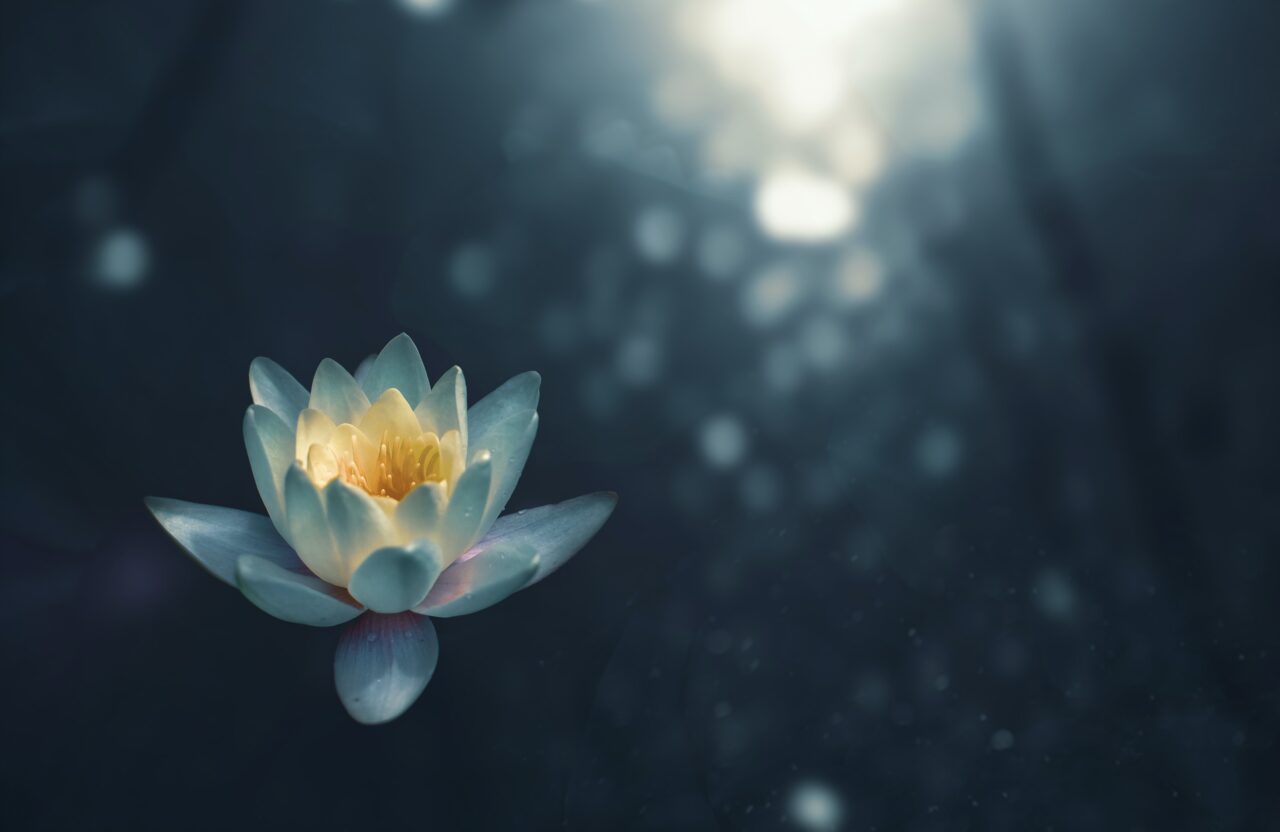This week I conducted some research on the different kinds of yoga and how they are different. I wanted to dive deep into the history and origins of yoga as well, but soon realized (and remembered) that this is a huge topic involving so much cultural and religious history… and to be honest it was hard to find sources on yoga’s history that weren’t extremely “westernized” (written on American blogs and from the perspective of someone in North America). It felt inauthentic so I didn’t explore this topic much further.
| Type: | What I Learnt: | |
| Vinyasa | – Sanskrit word meaning “to place in a special way” – was adapted from ashtanga yoga in the 1980’s – classes are known for their fluid, movement-intensive practices – often to music – lots of variation between different classes, poses, sequences | |
| Hatha | – Sanskrit term describing all physical postures in yoga – in the West, hatha yoga refers to all styles of yoga that are grounded in practice (e.g., ashtanga, Iyengar) – good for beginners because it is usually slower paced | |
| Ashtanga | – translated from Sanskrit to “Eight Limb path” – based on ancient yoga teachings – rigorous and physically demanding – is always practiced with the exact same poses, in the exact same order (same sequence every-time) | |
| Iyengar | – founded by B.K.S. Iyengar – focuses on alignment – poses are generally held for longer – heavy reliance on props – good for people with injuries who need to work slowly and methodically | |
| Kundalini | – stems from the tantra yoga path – equal parts spiritual and physical – seeks to release the kundalini energy trapped in your body (at the base of your spine) – involves breathing techniques, and chanting and meditating on mantras | |
| Bikram | – named after Bikram Choudhury, developed 30 years ago – practiced in artificially heated, sauna-like rooms – Choudhury is pretty controversial though: he has faced sexual and harassment lawsuits and has also sued other studios who call themselves Bikram (because he trademarked his sequence and it isn’t always taught the exact way he says it should be) | |
| Yin | – Slow-paced and relaxed – Seated – Positions held for long period of time | |
| Anusara | – developed by American yogi John Friend in 1997 – based on the belief that we’re all filled with an intrinsic goodness – seeks to help students open their hearts, experience grace, and let their inner goodness shine through – movement focuses on spirals and how each body part should be moving – Friend created a unique system called the Universal Principles of Alignments – Friend resigned in 2012 after accusations of sexual misconduct and financial mismanagement | |
| Jivamukti | – founded in 1984 by Sharon Ganon and David Life – is mainly a vinyasa-flow-style incorporating Hindu spiritual teachings – emphasizes connection to Earth as a living being | |
| Restorative | – focuses on winding down and relaxing after a long day | |
| Hot | – largely the same thing as Bikram, except hot yoga usually deviates from Bikram’s sequences |
I also felt like I was doing a dis-service to yoga and it’s roots when searching for basic descriptions and information on the main types of yoga and only reading the blogs of middle to upper-class white women in California. I’m not sure why I feel so strongly about this… maybe because in my academic and social life I have had many conversations about cultural blindness, appropriation, stealing, colonialism, etc. etc. etc. But then again who am I to feel superior because I feel like I have more awareness – I am after all a middle to upper-class white woman on Vancouver Island that wants to learn about and practice yoga. Sigh. I do believe that these wonderful practices should be shared amongst all cultures. Much conflict in my brain. I really enjoyed learning about the different kinds of yoga though!
This morning (late-morning) I also did a 30-minute yoga session by myself in my room, without any resources. It consisted of mainly sun salutations, basic positions, and stretching. I somewhat focused on my breath but I had very little flow and felt distracted. Although I always enjoy stretching so it was still a positive experience.
Cook, J. (2007, August 28). Find your match among the many types of yoga. Yoga Journal. Retrieved December 8, 2021, from https://www.yogajournal.com/practice/yoga-sequences/not-all-yoga-is-created-equal/.
Gaiam. (n.d.). A beginner’s guide to 8 major styles of yoga. Gaiam. Retrieved December 8, 2021, from https://www.gaiam.com/blogs/discover/a-beginners-guide-to-8-major-styles-of-yoga#.
McGee, K. (2020, October 11). Types of yoga – breakdown of 11 major types. mindbodygreen. Retrieved from https://www.mindbodygreen.com/articles/the-11-major-types-of-yoga-explained-simply.
Photo by Zoltan Tasi on Unsplash

Leave a Reply
You must be logged in to post a comment.